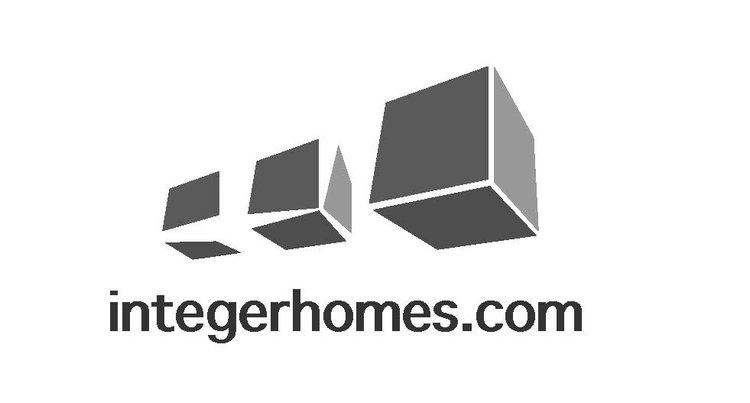The way property tax is collected is a strange and confusing system. It even confuses the sitting Councillors so they requested a report from administration, which was recently published at https://pub-calgary.escribemeetings.com/Meeting.aspx?Id=5a7f8362-c877-43d0-857e-5cad07c94d4b&Agenda=Agenda&lang=English&Item=72&Tab=attachments
Essentially the key take away is that yes, new building in the infill communities vastly increases the amount of tax collected on the new houses (report claims this to be about $30 million additional revenue over the next couple of years). However, the benefit of this tax growth is used to dilute tax increases for existing taxpayers. This means that large sums of increased tax collected simply subsidize the pre-existing group of land owners to buffer them from the typical increase in tax needed to run the city. There are many problems with this system, primarily, it means the type of new building that requires the least amount of public infrastructure (or none potentially) raises quite a bit of money, but that money doesnt stick to the community in which it is generated. Typically, all residential houses are not taxed at a high enough rate to ‘pay’ for themselves, it is the much higher business rate that really generates the tax base. However, if any properties do generate sustainable tax amount (cost recovery), those are likely in the big dollar areas, and most of that is found in the inner city. I would argue a typical 50 ft 70 year old bungalow lot (annual tax $4k) rebuilt into an expensive double semi detached, assessed at $900k per side, would generate $12k per year for the city. In the distant sprawl area, on a 50 ft lot, assessed at at $500k for one home, would generate about $4k per year for the city. The situation created is the two inner city properties occupy the same space as a single sprawl home, but generate 3x the tax, permanently. Even if all residential taxpayers are subsidized by the business community, the sprawl areas are far more expensive to operate and service, and simply pay way less tax, and this system of collection really perpetuates this unfortunate circumstance. As assessed values grow over time the inner city homes can gap further upward vs the sprawl areas as well.
One of the key cries we hear against redevelopment is lack of benefits from new growth, and the typical nimby tropes about parking and bin management. If more of the tax growth was actually kept where it was created, perhaps some of those complaints could be assuaged, somewhat. Inner city living creates very high tax bills for new home buyers, who are likely living in much smaller and potentially inferior home than what they’d be able to purchase in sprawl areas with the same budget. I think the way the tax is collected and distributed certainly penalizes infill development, particularly the type that slides in nicely among the grid areas with very little impact on bus routes, paving schedule, school construction requirement, and highway overpass building, not to mention police and fire service is already operating. All of this is costly stuff the city must pay for collectively. Another issue is the provincial portion of the tax funds the school budget, so you have families living in smaller houses, possibly with less kids, paying more school taxes than those in new communities where the schools have not been built yet (which is a massive cost).
This is a politically fraught topic, because it is in the established areas we see the worst of the clannish, classist, exclusionary mentality at its most awful, normally when debating redevelopment issues. But to layer on how the more expensive areas are mined for tax to support the grotesque deplorables living in flyover neighbourhoods would serve to further polarize the debate. The bottom line is you've got to really want to live in the inner city to pay way more for the house itself, and to operate it too. That first donut around the core is a massive tax generator, and it is used to keep a lid on tax rates outside the donut. To create the more desirable, amenity rich walkable communities, we need more tax money to stay closer to home, rather than export it to new growth outside the ring road.
This is a key excerpt from the report. The infill development money goes to offset the increased cost of providing services to the population, reducing the share paid by existing property owners. The communities experiencing the growing pains of plenty of infill building dont really get rewarded with the type of amenities that make inner city living worth it. Whether that is better policing of the vagrants stealing bikes, or building bike lanes themselves, more of the redevelopment windfall needs to stay in the established areas. A lot of these areas do not even have paved alleys, after 50,60,70 years or more!

